
Iron-enriched enamel gives rodents’ teeth strength, but not their characteristic orange colour, as was previously believed. Researchers propose adopting the name ‘Fe-rich enamel’ for the material currently known as pigmented enamel, to reflect the discovery.
Rodents, such as beavers, squirrels, coypus and rats, have extremely strong teeth that grow continuously throughout their lives. The front of their teeth are covered by a hard enamel surface, angled to stay sharp as they gnaw, and strikingly yellow to orange in colour. Rodent enamel is composed of around 96% hydroxyapatite crystals by weight but is known to contain iron that contributes to the durability of rodent teeth.
Using a wide range of spectroscopic and microscopic techniques, an international team of scientists investigated the teeth of seven different rodent species (Eurasian beaver, feral coypu, alpine marmot, grey squirrel, European water vole, rat and mouse) from the macro- to the nanoscale.
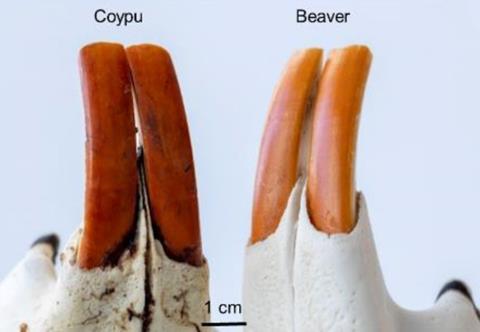
Their analysis revealed that as enamel develops and matures, iron-containing ferrihydrite-like material occupies nanometre-sized spaces between hydroxyapatite crystals. Despite making up less than 2% of the volume, the filled pockets within iron-rich enamel are believed to play a major role in both the mechanical strength and acid resistance of rodent teeth.
Notably, the team’s research reveals that the striking orange colour of rodents’ teeth does not come from the ferrihydrite-filled pockets, as was previously believed. After carefully polishing away the coloured surface layer on coypu incisors, analysis with scanning electron microscopy showed that the underlying white material was iron-rich enamel. The orange-coloured outer surface layer is composed of an organic matrix and inorganic minerals. The researchers hypothesise that aromatic amino acids found in the organic matrix may be responsible for the orange colour previously attributed to the iron-rich enamel.
Despite differences in living environments and diets, the researchers found that the tooth development process was highly conserved across rodent species. One difference was found in the depth of the iron-rich enamel between species, with coypus having the thickest and mice the thinnest, of the animals studied.
Incorporating amorphous or nanocrystalline ferrihydrite-like material into dental products could create bioinspired materials that exhibit the strength and acid-resistance of rodent teeth for use in humans, the scientists believe.
References
V Srot et al, ACS Nano, 2024, 18, 11270 (DOI: 10.1021/acsnano.4c00578)


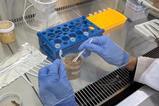


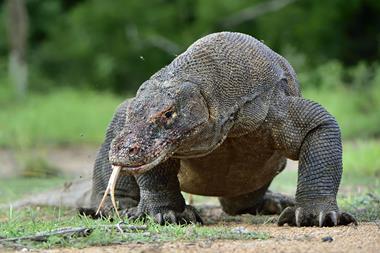
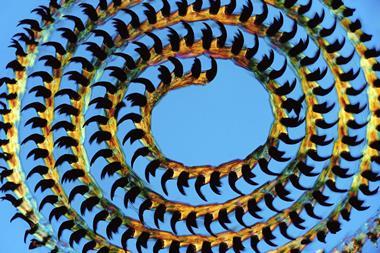
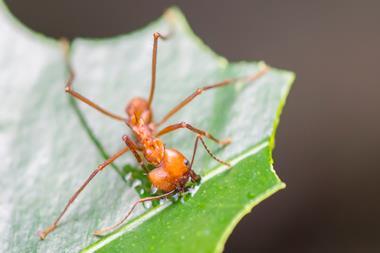


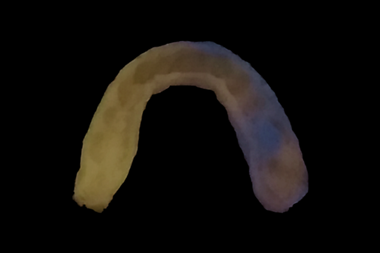


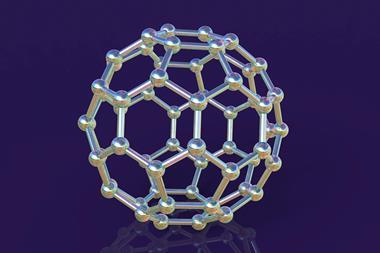



No comments yet